Analysis
The Loss of Chevron Could Also Be a Major Loss for Animals
Law & Policy•6 min read
Explainer
Animal rights groups exist for one reason: Because animals need them. Animals can’t fight for themselves beyond teeth and nails, which are essentially useless against human beings as a collective, so we have to do something to protect them. People start new animal rights groups every day, whether they’re local, national, or global. We often think of animal rights as the fight to save household pets, but the truth is that animals need our help all over the world. Elephants, sharks, zebras, cheetahs, killer whales, and hundreds of other animals are the subject of animal exploitation every day. Some are killed, while others are used for human purposes that affect their ability to thrive.

Words by Sentient Media
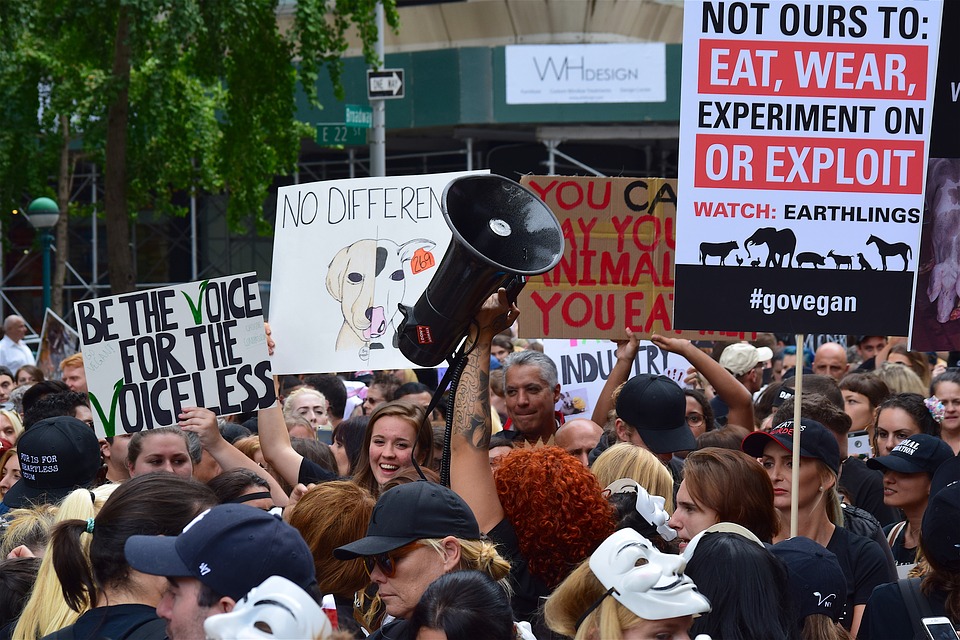
Animal rights groups exist for one reason: Because animals need them. Animals can’t fight for themselves beyond teeth and nails, which are essentially useless against human beings as a collective, so we have to do something to protect them.
People start new animal rights groups every day, whether they’re local, national, or global. We often think of animal rights as the fight to save household pets, but the truth is that animals need our help all over the world.
Elephants, sharks, zebras, cheetahs, killer whales, and hundreds of other animals are the subject of animal exploitation every day. Some are killed, while others are used for human purposes that affect their ability to thrive.
Let’s look at animal rights groups as a whole to see how they do what they do, what their role has become, and how you can join the fight.
And that’s just in the last 500 years.
That’s 322 animal species wiped off the planet. They’ll never return. And humans made it happen.
Unfortunately, the only things that remain of animals like the Tasmanian tiger, which went extinct in the 1930s, are fossils to prove they once existed.

Animals near and reach extinction for lots of reasons. Some animals are extinct because of natural predation in the animal kingdom (not involving humans), but that’s a rarity.
The bottom line is this: If a taxonomy of animal can no longer live and breed in its natural environment, it will reach extinction.
There are many other animals on the endangered species list. These animals aren’t yet extinct, but so few of them remain that they could go instinct if current trends continue.
Animal rights groups help raise awareness about extinct and endangered animals. The more we know about how animals are suffering across the globe, the more we can do about it.
Those extinct animals are just a few hundred reasons animal rights groups have formed. Every group has its own thesis, cause, and methodology, but they all want to stop animal suffering.
Human beings destroy animals’ habitats, hunt animals for their meat and other by-products, transport animals to places where they’re unable to thrive or where they have too many predators, contribute to climate change, and more.
Because of these facts, animal rights groups have formed to oppose those activities and to save precious animals from extinction.
The ecotourism industry, for instance, has a devastating impact on animals and other wildlife. People want to visit “untouched” areas of the world, but they leave more than their footprints behind. Simply by entering these pristine environments, they put natural ecosystems in danger.
The difference between ecotourism and mass tourism is simply the rate at which human beings pollute a natural environment.
Animal rights are the collection of rights assigned to animals that protect them from abuse, hunting, animal testing, and other infringements. People agree on certain animal rights and disagree on others, which makes standardizing animal rights far more difficult.
However, even the most basic animal rights might not be as universal as one might think.
For instance, most people can agree that it’s wrong to beat an animal. Despite this fact, people beat horses, elephants, livestock, circus animals, and more every day.
Animal rights groups seek to identify these atrocities, bring them to light, and prevent them from happening again.
People who protect animals also strive to prevent companies from using animals for testing, hunting them for sport, and running them through factory farms. Many animal rights groups focus on one specific cause, such as preventing the slaughter of pigs, while others take on multiple issues.
The precise nature of animal rights has become the subject of debate. Those who prefer the predatory nature of human beings argue that animals have no rights. Still, governments all over the world have legislated animal rights.
The bottom line for an animal rights group is to save and protect as many animals as possible. This often means standing up against large entities, speaking truth to power, and protesting specific events or ongoing operations.
Let’s take a deeper look at some of the specific things animal rights groups fight against and what they’re attempting to achieve.
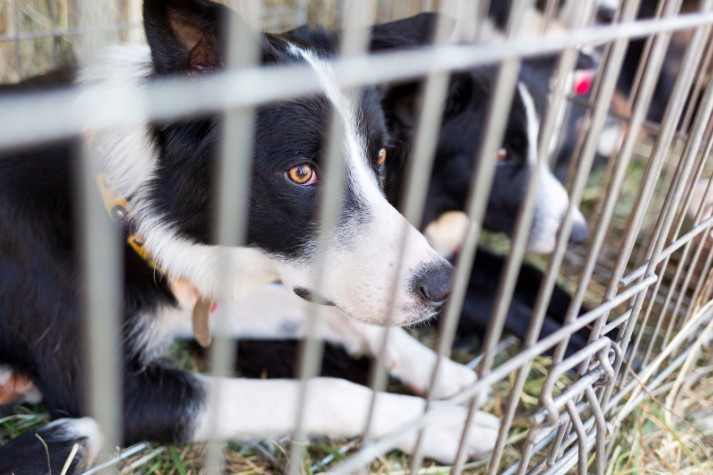
Some of the top animal rights organizations, such as PETA and the ASPCA, spend much of their time fighting animal abuse. They want to make sure that animals, no matter where they live, don’t suffer injury and fear at the hands of human beings.
Sometimes, this means identifying individual people who are abusing their household pets, investigating, intervening, and getting law enforcement to remove the animals. It can also involve investigating large operations, including the circus, and the entertainment world at large.
Animal abuse takes many forms — all of them insidious. There’s absolutely no reason for a sentient creature to suffer, yet it happens all the time. By raising awareness and asking people to keep their eyes open, animal rights groups can help stem the tide of animal abuse that continues to wash all over the world.
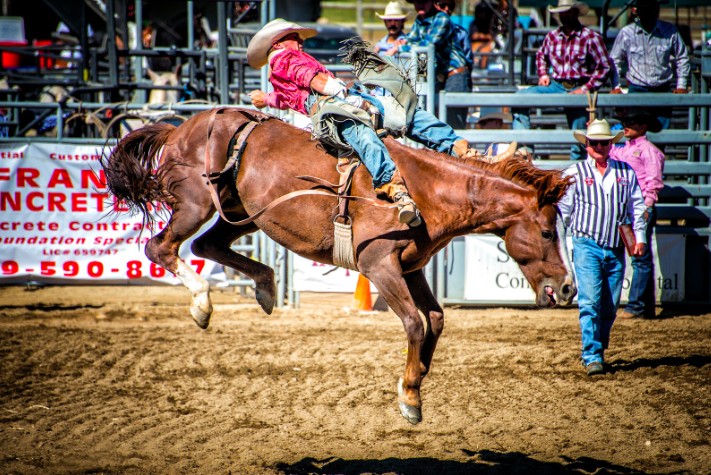
Animal exploitation can take many forms. When we steal from animals, for instance, we’re exploiting their vulnerabilities. This could mean stealing honey from bee colonies to make food, destroying entire environmental ecosystems for building factories so animals lose their homes, or turning animals into entertainment through ecotourism.
Additionally, some people become enamored of particular animals, then attempt to domesticate those animals. Baby alligators, for instance, are stolen from bayous and kept in bathtubs. When the gators get too big to manage, they’re released into the wild — or, worse, killed — without the knowledge of how to fend for themselves.
Rodeos and dolphin shows are other examples. There’s nothing wrong with breeding and bonding with domesticated horses, but there’s something wrong with using pain to convince them to act how you want. Furthermore, dolphins and other large sea creatures, such as killer whales, aren’t domesticated animals to begin with.
Did you know that there are entire portions of the black market and dark web dedicated to animal trafficking? Animals are smuggled across borders for numerous reasons, whether for their meat or hide or because they’re desired “exotic” pets.
Animals live in a particular part of the world because they’re more capable of surviving there. They’re part of an ecosystem that might include both predators and prey, but they’re able to breed and survive because of their unique physiology and capabilities.
Removing these animals for any reason constitutes not only a crime but also an abuse against the animal.
Animal rights groups are tasked with tracking down these smuggling operations and bringing them to a halt.
Terrorists can use animals and animal by-products as barter for weapons and other assets. Some animal traffickers don’t bring the animals themselves across borders, but instead, skin them or otherwise collect the part of the animal they desire.
Not only is animal trafficking bad for the animals, but it’s also dangerous for humans. Animals can carry diseases and parasites that infect humans. By bringing them across borders, it’s possible to spread those harmful agents into human populations.
Plus, animal trafficking reduces biodiversity. When you “harvest” animals from their natural habitats, you upset the carefully balanced ecosystem. Other animals that depend on them for food or as symbiotic beings suffer, too.
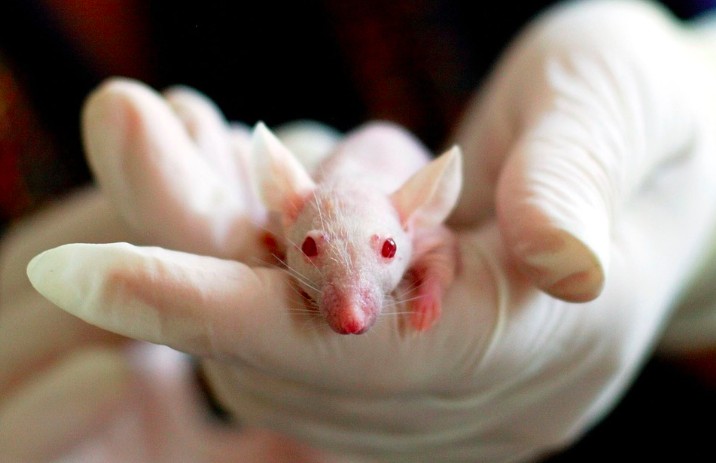
Animal testing is one of the most nefarious aspects of today’s corporate world. Thousands of laboratory animals are killed every year because they fell victim to a harmful product or because they were euthanized.
The idea behind animal testing is to expose animals, such as mice and rabbits, to products meant for human consumption. If the animal doesn’t experience any negative effects, scientists move on to human testing.
Industries ranging from beauty to pharmacology use animals in their labs. The problems with this practice go far beyond the pain, terror, loneliness, and discomfort the animals themselves experience.
Human beings are different from rats, rabbits, and even monkeys. We don’t react to the same stimuli. A parasite that might live symbiotically with a rat could cause humans devastating harm. It stands to reason, then, that Chemical XYZ might not bother a rabbit, but could cause severe reactions in humans.
There are more humane ways to test consumer products. Animal rights groups help educate the public about what companies use animal testing and encourage consumers to boycott those products.
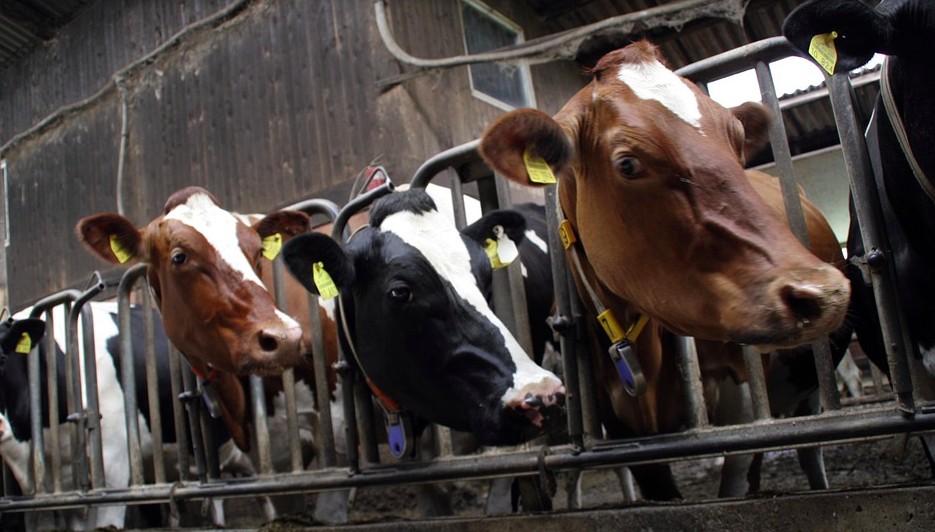
In parts of the world, people have to kill animals to survive. They have no other way to feed themselves. Their methods involve quick, hopefully, painless deaths for the animals in the wild. They only hunt what they need to eat.
Factory farming turns hunting into a zero-sum game that results in billions of slaughtered animals. Livestock, such as cows and pigs, are kept in heinous conditions until they’re eventually slaughtered.
Animal rights groups work hard to stop factory farming by encouraging consumers to either stop eating meat, dairy, and eggs altogether or to source their animal products through more humane operations.
We don’t like to see animals die in the service of humans no matter what, but a chicken who is allowed to roam free until the day of a quick euthanization makes more sense than chickens kept in pens so tightly packed they can’t move.
Many of us have beloved companion animals, such as dogs and cats. Dogs, in particular, were the earliest domesticated animals. They’ve been brought up to view humans as their companions.
However, animal rights groups campaign endlessly to stop people from buying companion animals from breeders and farms and to instead adopt unwanted animals from shelters and rescues. These animals desperately need homes.
When you adopt a pet, you know the animal can’t reproduce because it has already been altered. Furthermore, you save an animal that nobody else wants instead of buying the cutest puppy from a litter.
It’s also less expensive than buying an animal. Animal rights groups focus on educating the public about the overpopulation of companion animals and their need for homes.
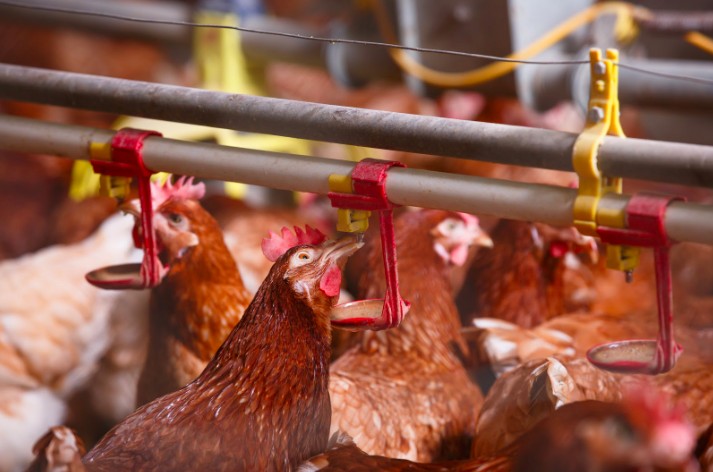
The bottom line here is that animal rights groups want animals to live peacefully. They don’t want them hunted, farmed, tested on, abused, trafficked, or otherwise hurt.
Animal rights groups understand that animals live in delicate ecosystems. Every animal contributes to the environment in some way, whether it’s to protect another species, create fertilizer, maintain the populations of prey animals, or something else entirely.
When humans interfere, those delicate ecosystems become unbalanced. Animals begin to go extinct, other species die in increasing numbers, and the environment itself suffers.
If you’re interested in joining an animal rights group, they will be happy to have you. The more voices we have against animal abuse and mistreatment, the more impact we can have on those who seek to exploit animals for their own purposes.
Education is an important part of joining an animal rights group. You need to know the facts about animal exploitation and endangerment so you can help the cause.
You also need to know about the specific animal rights group you want to join. What is its cause, its belief system, and its methodology for change? What specifically does it want to achieve — and how?
Ideally, you’ll join an animal rights group that aligns well with your personal beliefs.
You don’t just want to talk the talk. It’s great to campaign for animal causes, but you also want to avoid being part of the problem.
If you have companion animals, treat them well. Give them the best possible food, exercise, and affection. Make sure they have safe places to sleep at night and access to water.
Train yourself to look for the words “cruelty-free” on products. You don’t want to buy a product that has been tested on animals.
Changing your diet to match your beliefs might sound difficult, but it’s easier than you think. No matter what you love to eat, there’s a vegan or vegetarian alternative.
Once you get out of the meat mindset, though, you might find you begin to appreciate other foods more. Expanding your palate to include all the different fruits and vegetables available to you might be an interesting experiment. Add texture and flavor to your meals through nuts, legumes, and other vegan-friendly foods.
Nobody’s going to give you a test or watch you in your home to make sure you don’t scarf down a steak. Instead, you have to be accountable to yourself. Every time you prepare a meal as if it fits with your ethos. If not, don’t eat it.
Get involved with an animal rights group in your area. You might volunteer to do manual labor or administrative work. You could attend protests and learn about lawmakers who support your cause.
Some people simply don’t have the time to get actively involved with animal rights groups. Those groups, however, will cash your check. Donating your money to the cause helps them recruit other volunteers and step up their efforts to end animal cruelty and speciesism.
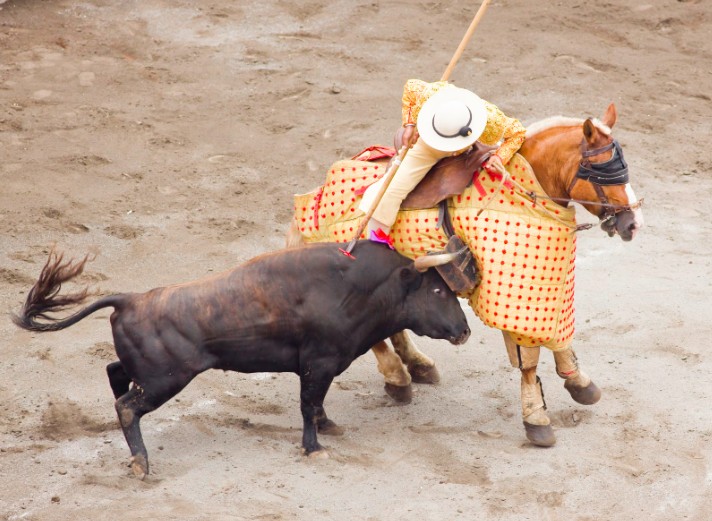
There’s no time like the present to get involved in an animal rights group. Many of them allow you to join online. You can do tons of things to help further their cause.
Maybe you’re a skilled videographer. Donate your time to make videos for the group for posting on YouTube to help spread their message. Perhaps you have a larger social media following. Get your audience involved.
Using your voice to spread an anti-cruelty message is one of the best ways to get involved with animal rights groups. If you have the time, join them with boots on the ground, too. Donating just one or two Saturdays a month to helping the group can make a huge difference.
Animal rights groups exist for a very specific reason: They’re needed. If nobody was killing, abusing, torturing, or exploiting animals, these groups wouldn’t have a cause.
A few quick Google searches can show you just how pervasive the problem is. There are animal rights groups in every major city, many of which extend their reach nationally or across the globe. You can learn more about animal matters by signing up for our mailing list.
Are you part of an animal rights group? Do you intend to join one?